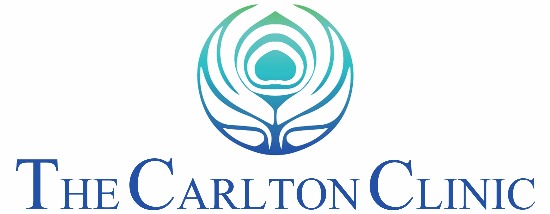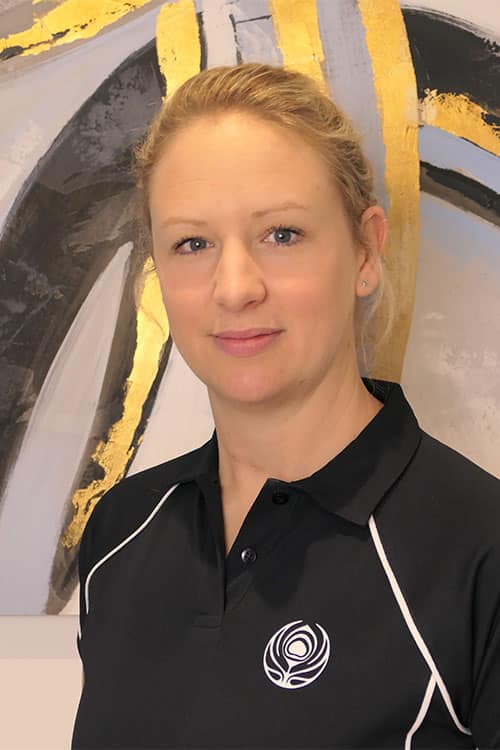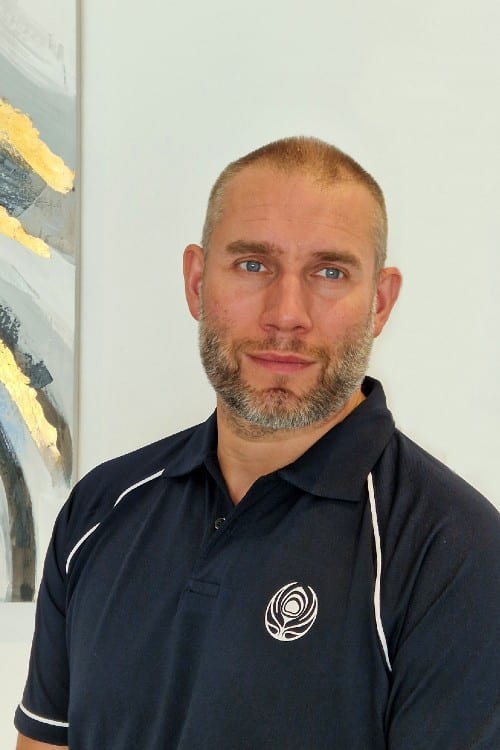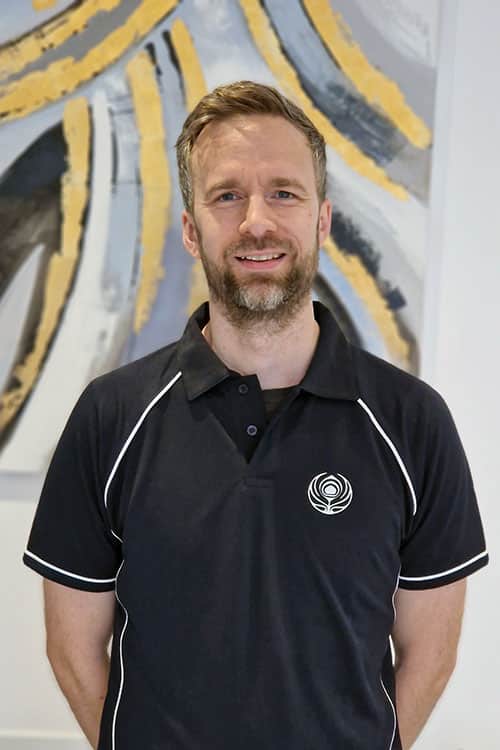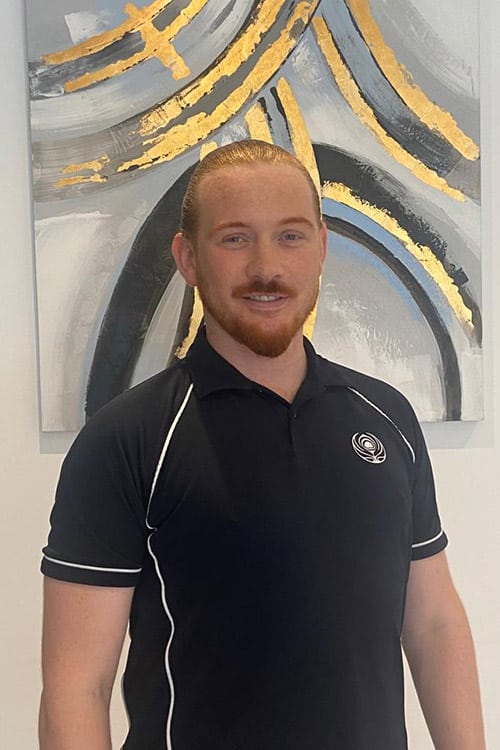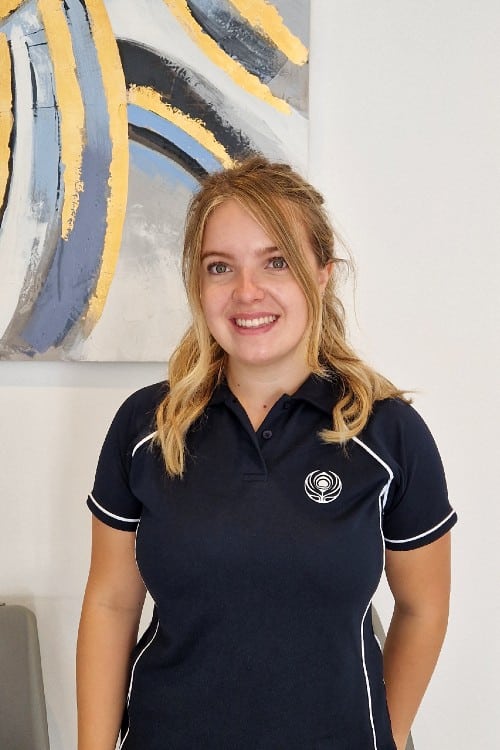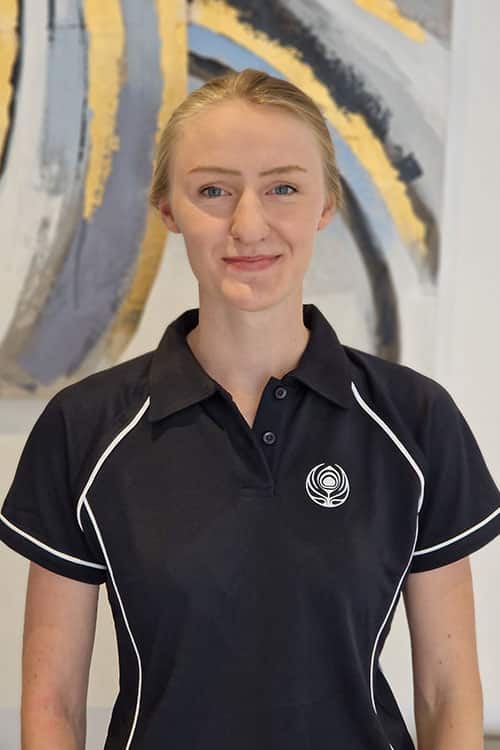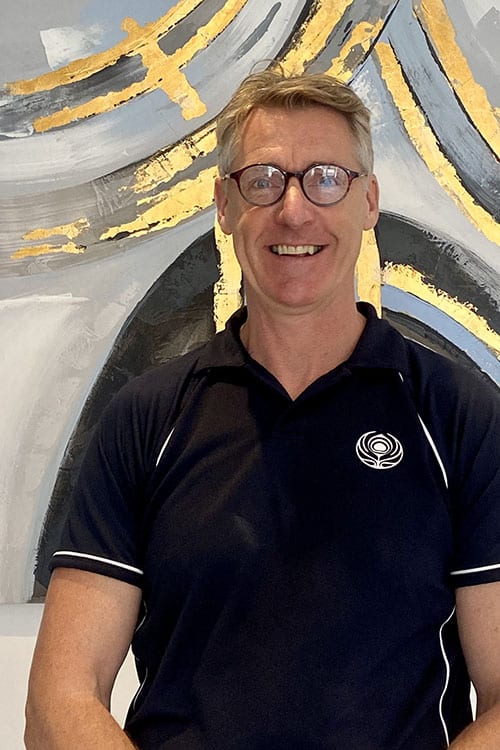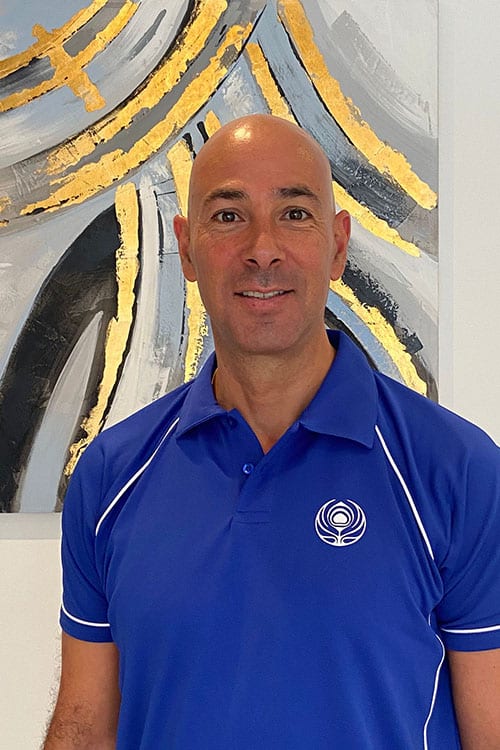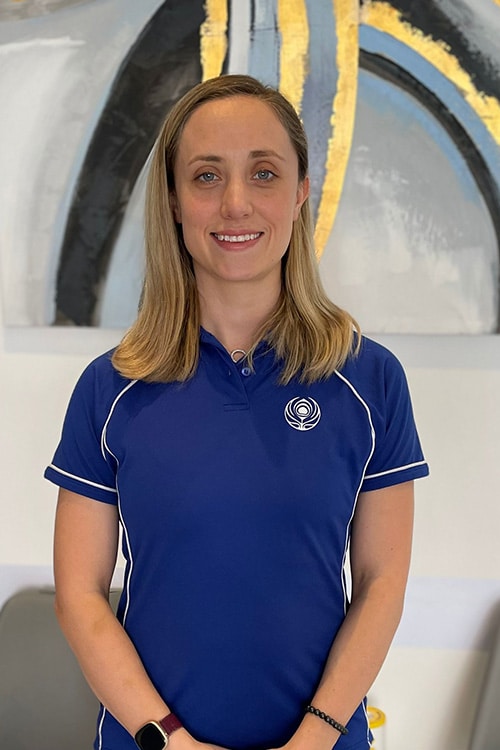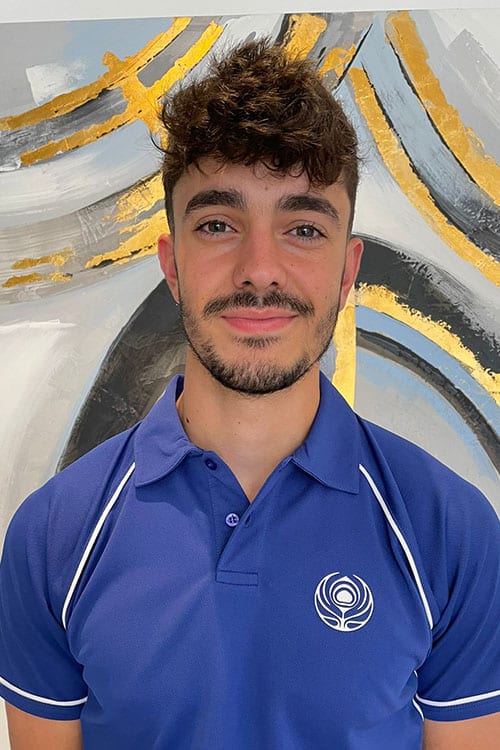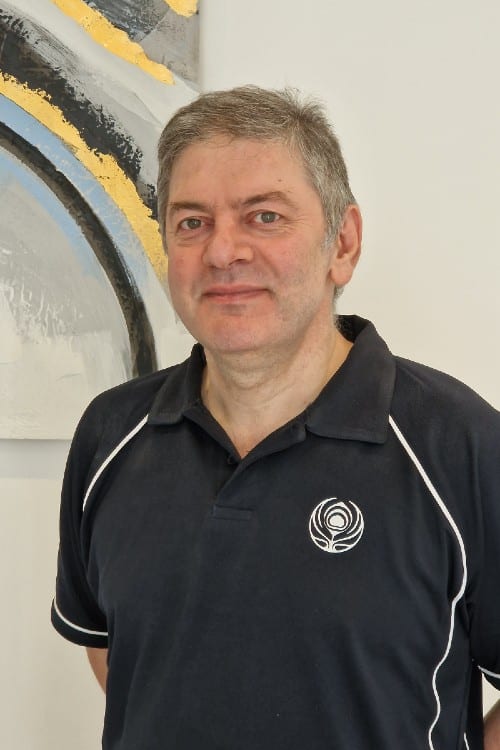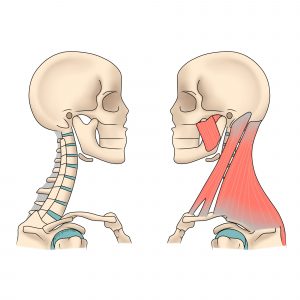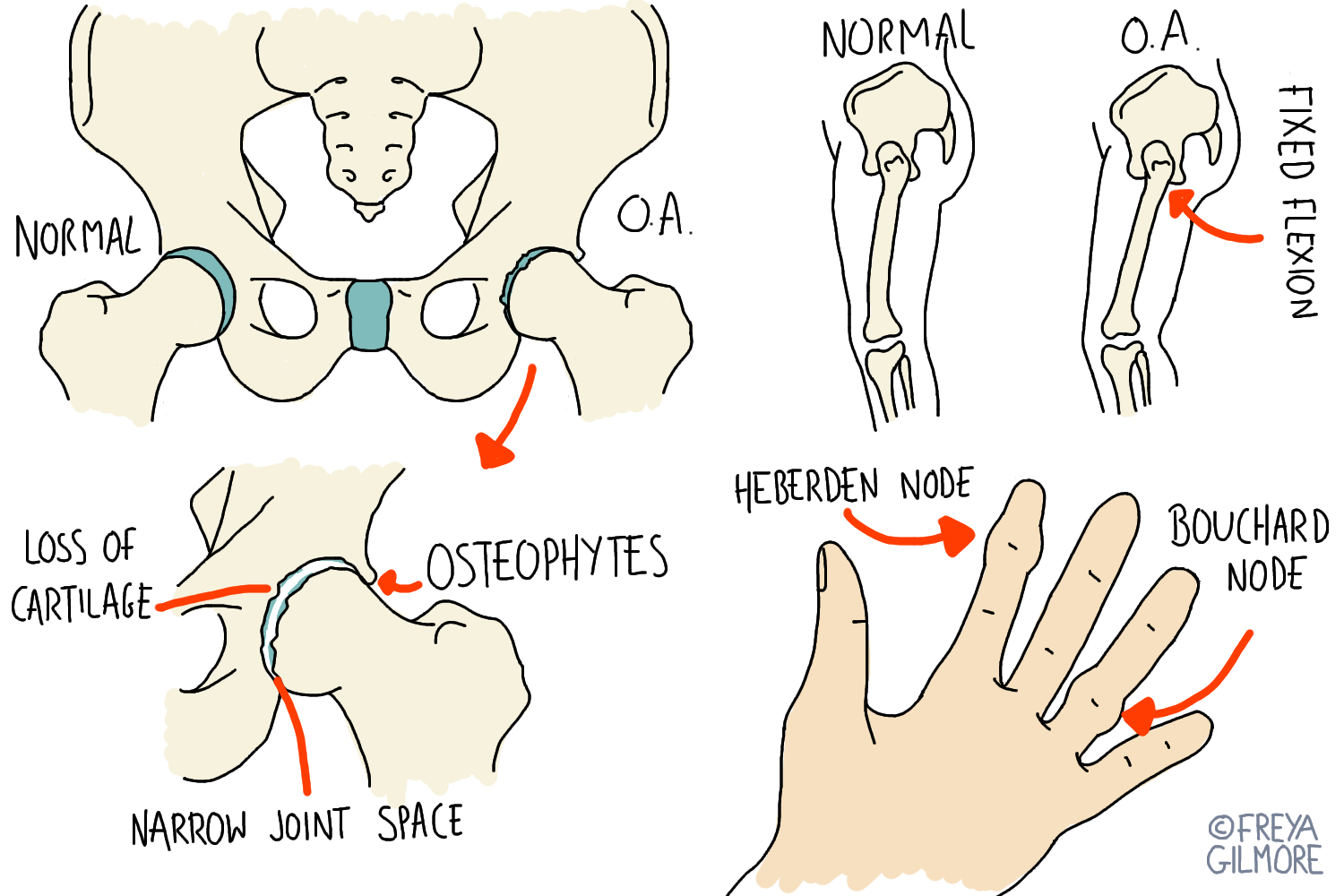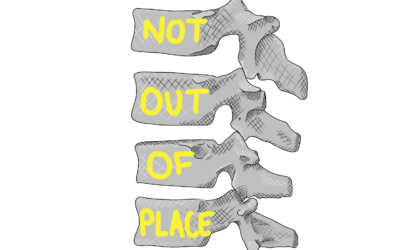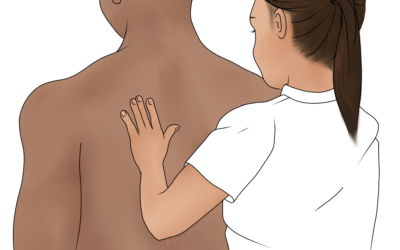Osteoarthritis (OA) can affect any cartilage-based joint. Two areas that commonly develop OA are the hip and knee.
Hip Arthritis
It is rare for the first sign of hip arthritis to be significant pain. Sometimes there may be an initial painful episode, but the body quickly adapts to make itself more comfortable. This is the real problem.
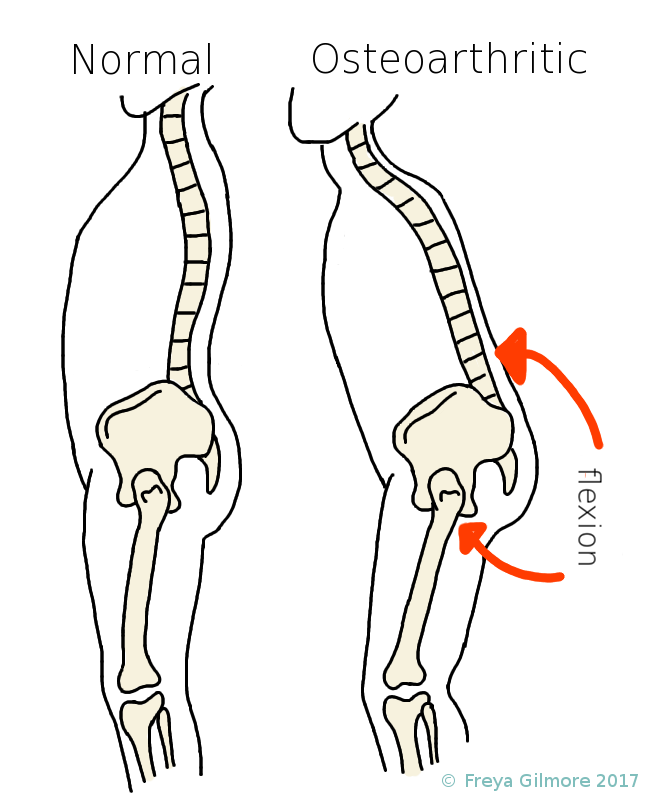
Typically with early hip OA, the pelvis tilts forward to avoid going through the movement the hip is losing. This asks the back to lean forwards too. To stop you falling forwards, the body compensates again, sometimes with hunching of the upper back and increased extension through the neck. All of these adaptions can cause local tightness and restriction, potentially leading to more osteoarthritis.
Knee Arthritis
All three joints in each knee can develop OA. Even healthy knees are somewhat “crunchy”, but this becomes more noticeable and uncomfortable as OA begins to take hold. Pain is often worse when the knee is under more pressure, such as walking down hill or down the stairs. Commonly, nearby muscles will also tighten up. If the quadriceps (on the front of the thigh) get tight, they can actually make symptoms worse. The reason the brain sends the signal to tighten muscles is that it wants to protect the area. In reality, the best thing for an arthritic joint is movement. Your osteopath will want to relax these muscles and start to restore movement quickly.
The reason tight quads can worsen knee pain is that they add pressure. If the joint between the knee cap and the rest of the knee is arthritic, tight quads can pull the joint closer together. At this point, even movement that should help the cartilage is potentially damaging as friction is increased.
Managing Osteoarthritis
When OA is diagnosed early, the cartilage might be irritated but has little permanent damage. At this point, treating the joint and surrounding muscles may be able to slow (or even stop) OA. The cartilage requires frequent compression and decompression across its whole surface. This squeezes out waste products and allows nutrients in. When some of the range of motion is lost, an area of cartilage will no longer undergo this squeezing. Over time, the health of the cartilage will degrade.
Your osteopath will help you to regain the lost movement. Working through both the joint and the surrounding muscles will facilitate this. You may find that you have more movement than you thought during treatment, as your osteopath can move the joint without your muscles intervening. Over time, we aim to improve the movement of your joint in everyday life too.
Once we improve the health of the joint as far as we can, we need to keep working to keep it there. Throughout your treatments, you will be given exercises to do at home. These may be for symptomatic relief, mobility, or strengthening. As we come to the later stages of treatment, we expect to have a concise selection of exercises to help you maintain your progress. Patients often like to come back regularly but infrequently to help with keeping on top of their symptoms and spotting other early changes while they are still manageable.
Book an appointment in Surrey or Sussex online here.
